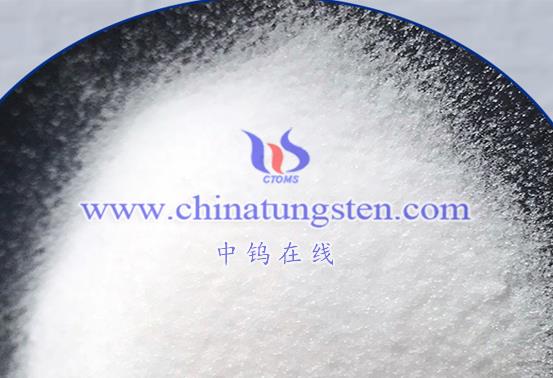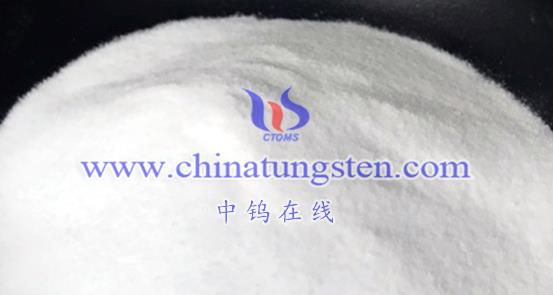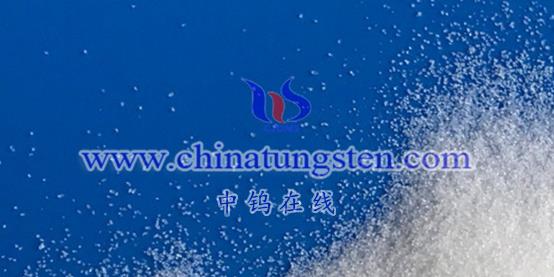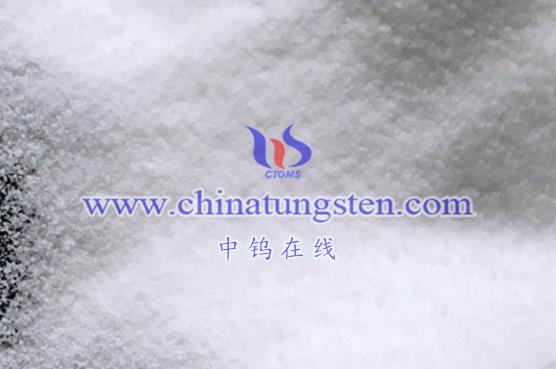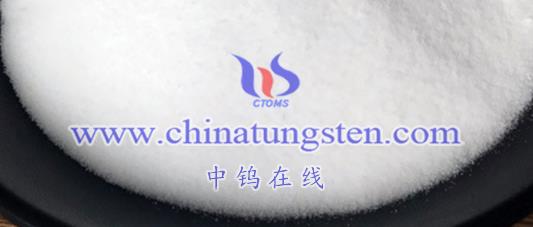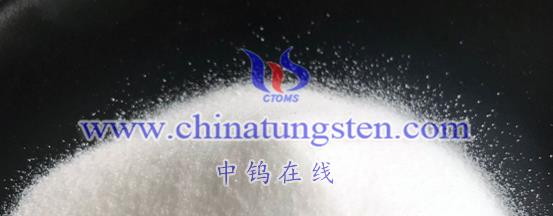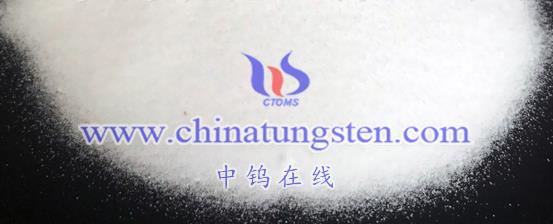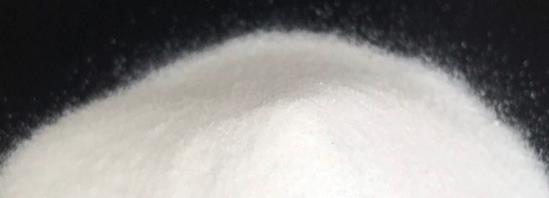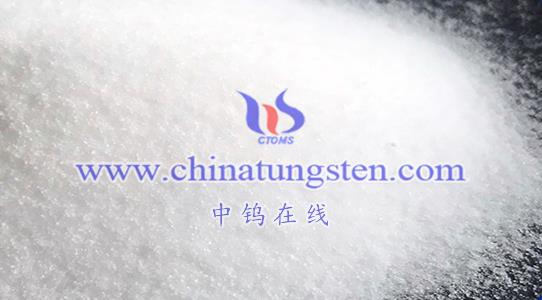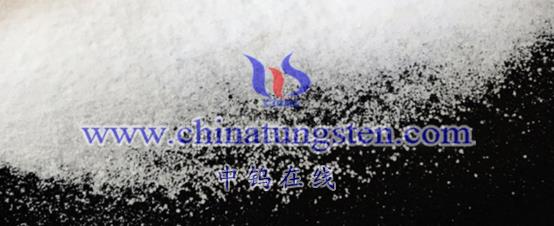
The treatment of waste liquid and waste residue in the production process of ammonium metatungstate is an important environmental protection link. The following is a clear point-by-point representation and summarization of the waste liquid and waste residue treatment methods:
Waste liquid treatment
Recovery of sodium tungstate by ion exchange method
Sodium tungstate in waste liquid can be recovered by ion exchange method. A specific resin is used to adsorb the sodium tungstate in the waste liquid, and then the sodium tungstate is drenched with sodium hydroxide solution so that the sodium tungstate is drenched down into the next purification process. This method can effectively recover the sodium tungstate in the waste water, reduce the production cost, and at the same time reduce the pollutant content in the waste water.
Neutralization and precipitation method
Neutralize the acidic substances in wastewater by adding alkaline substances (such as sodium hydroxide, lime, etc.), so that the heavy metal ions (such as Pb2+, Cd2+, etc.) in the wastewater form insoluble precipitates, and then achieve the purpose of purifying the wastewater. This method can remove most of the heavy metal ions in the wastewater, but the treated wastewater will still contain a large amount of C1-, which may form secondary pollution.
Evaporation and crystallization method
It is especially suitable for treating wastewater from APT (ammonium paratungstate) production. By means of evaporation crystallization, solutes (such as sodium sulfate, etc.) in the wastewater are precipitated out in the form of crystals, thus realizing the purification and recovery of wastewater. The evaporation crystallization method can efficiently remove solutes from wastewater and recover valuable substances at the same time, which has high economic and environmental benefits.
Waste residue treatment
Resource utilization
For the recyclable waste residue, such as waste metal, waste plastic, etc., it is recycled and reused to realize the resourcefulness of waste residue. The recycled waste residue can be transformed into new resources or products after treatment, reducing production costs and environmental pollution.
Harmless treatment
For the waste residues that cannot be recycled, harmless treatment is carried out to prevent harm to the environment and human health.
The methods of harmless treatment include incineration, landfill, curing and so on. The incinerator needs to be equipped with tail gas treatment system to ensure that the gas emitted meets the environmental protection standards; the landfill needs to meet the environmental protection requirements and be equipped with facilities such as seepage and leakage prevention.
The treatment of waste liquid and waste residue in the production process of ammonium metatungstate requires the application of a variety of environmental protection technologies, including waste liquid treatment technologies such as ion exchange method, neutralization and precipitation method, evaporation and crystallization method, and waste residue treatment technologies such as resource utilization and harmless treatment. The application of these technologies aims to reduce the emission of pollutants, improve the utilization rate of resources, and reduce energy consumption and costs, so as to realize the greening and sustainable development of ammonium metatungstate production. At the same time, it is also necessary to strengthen management and supervision to ensure that waste liquid and waste residue are properly treated and meet environmental requirements.
More details of ammonium metatungstate product, please visit website: http://ammonium-metatungstate.com/
Please contact CHINATUNGSTEN for inquiry and order of ammonium metatungstate:
Email: sales@chinatungsten.com
Tel.: 86 592 5129595
